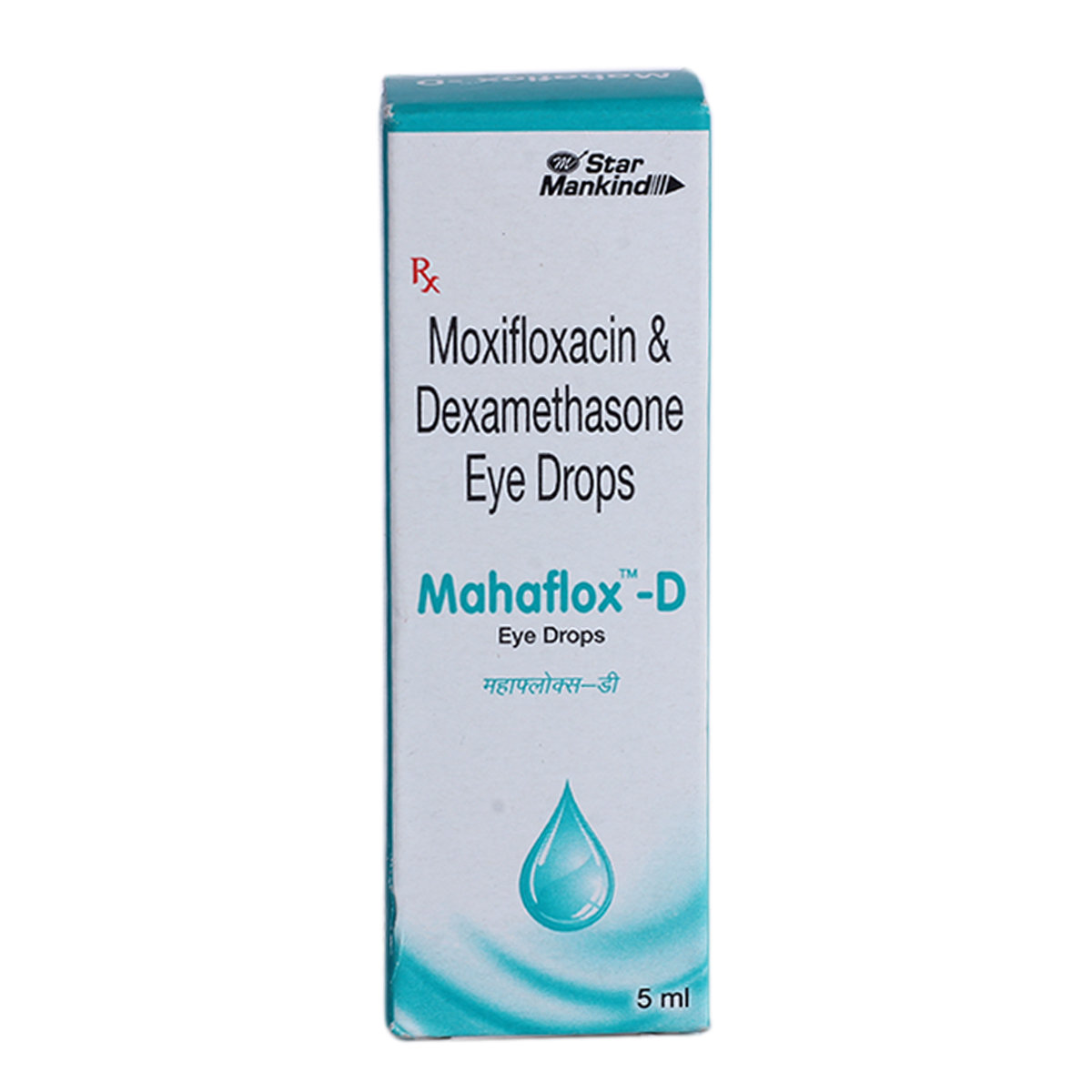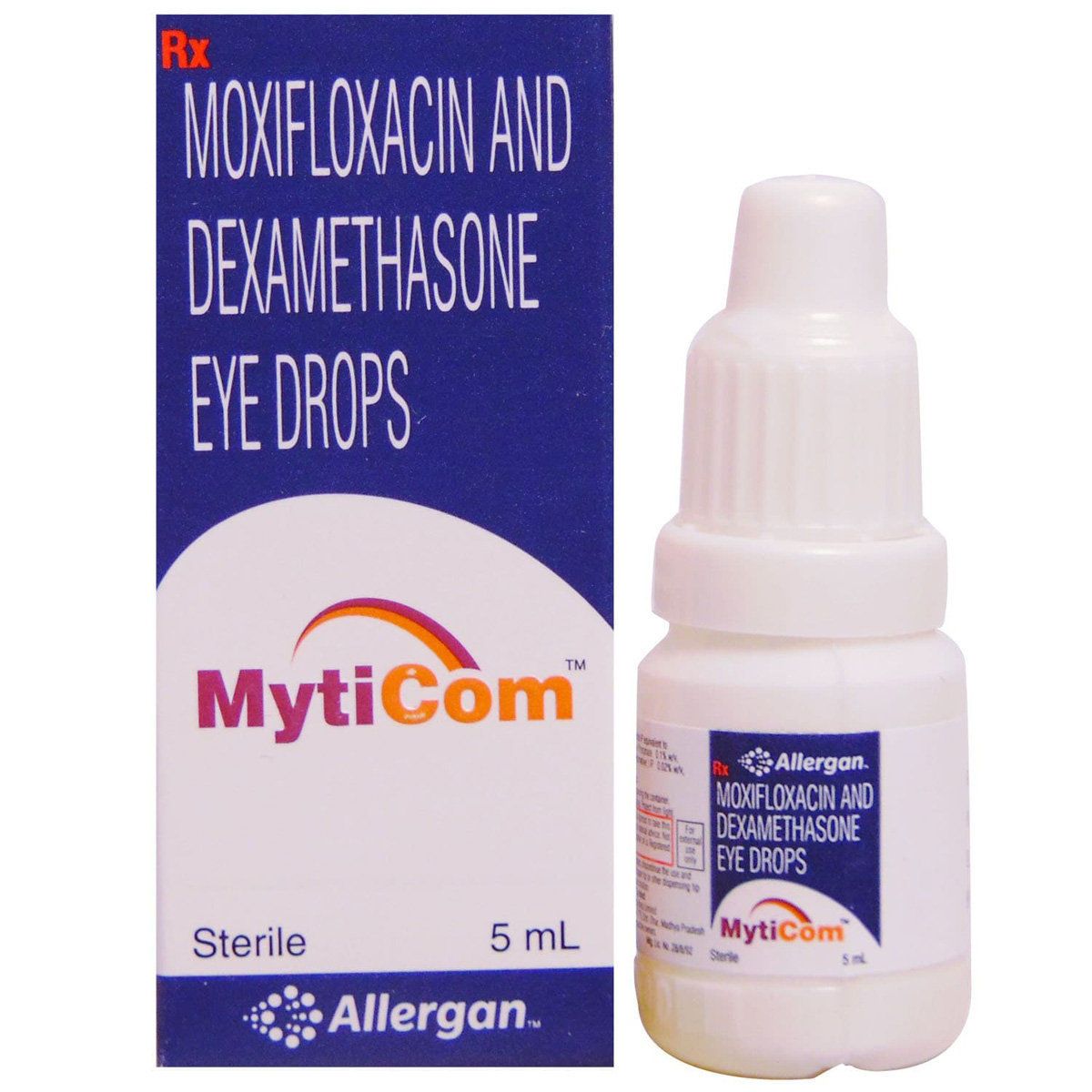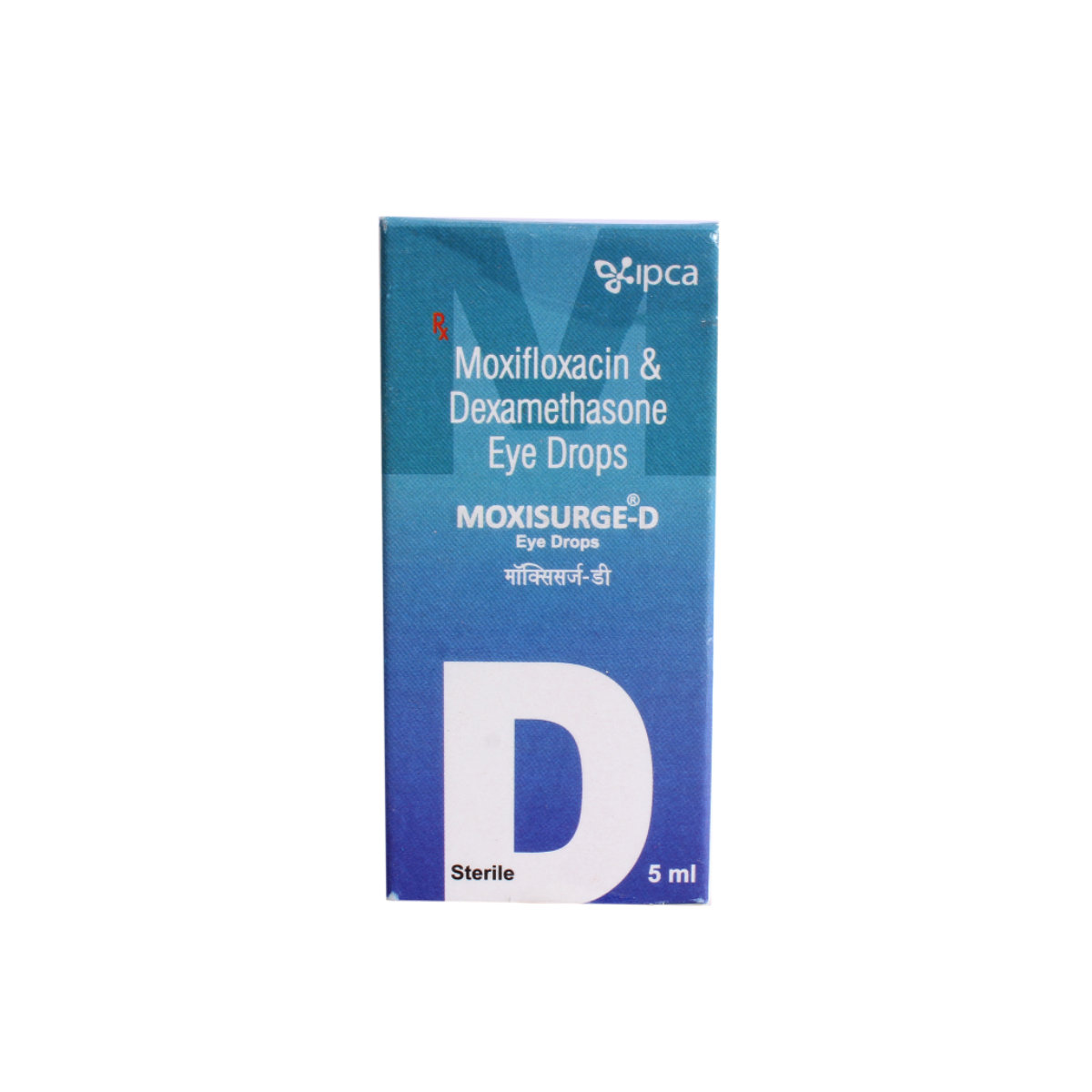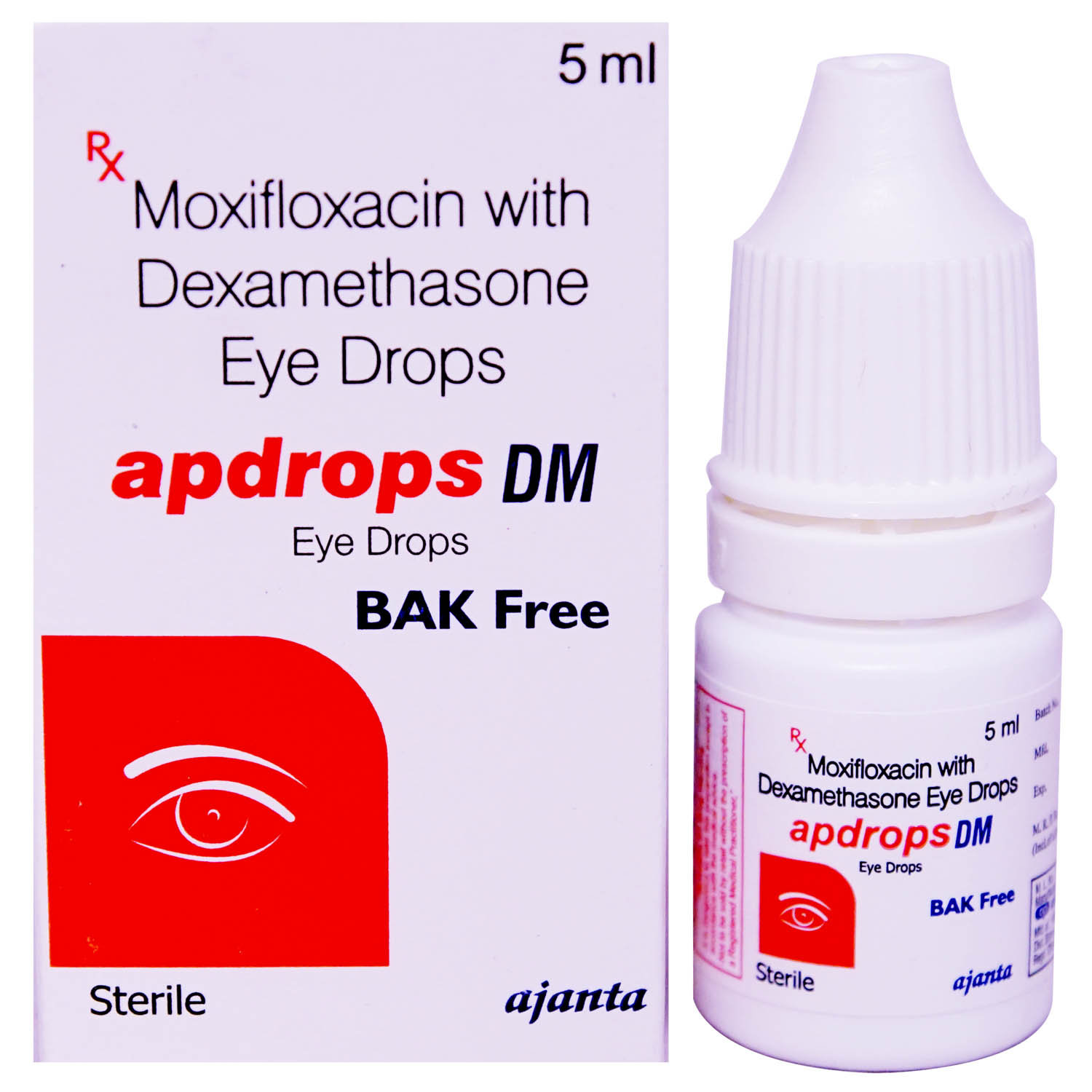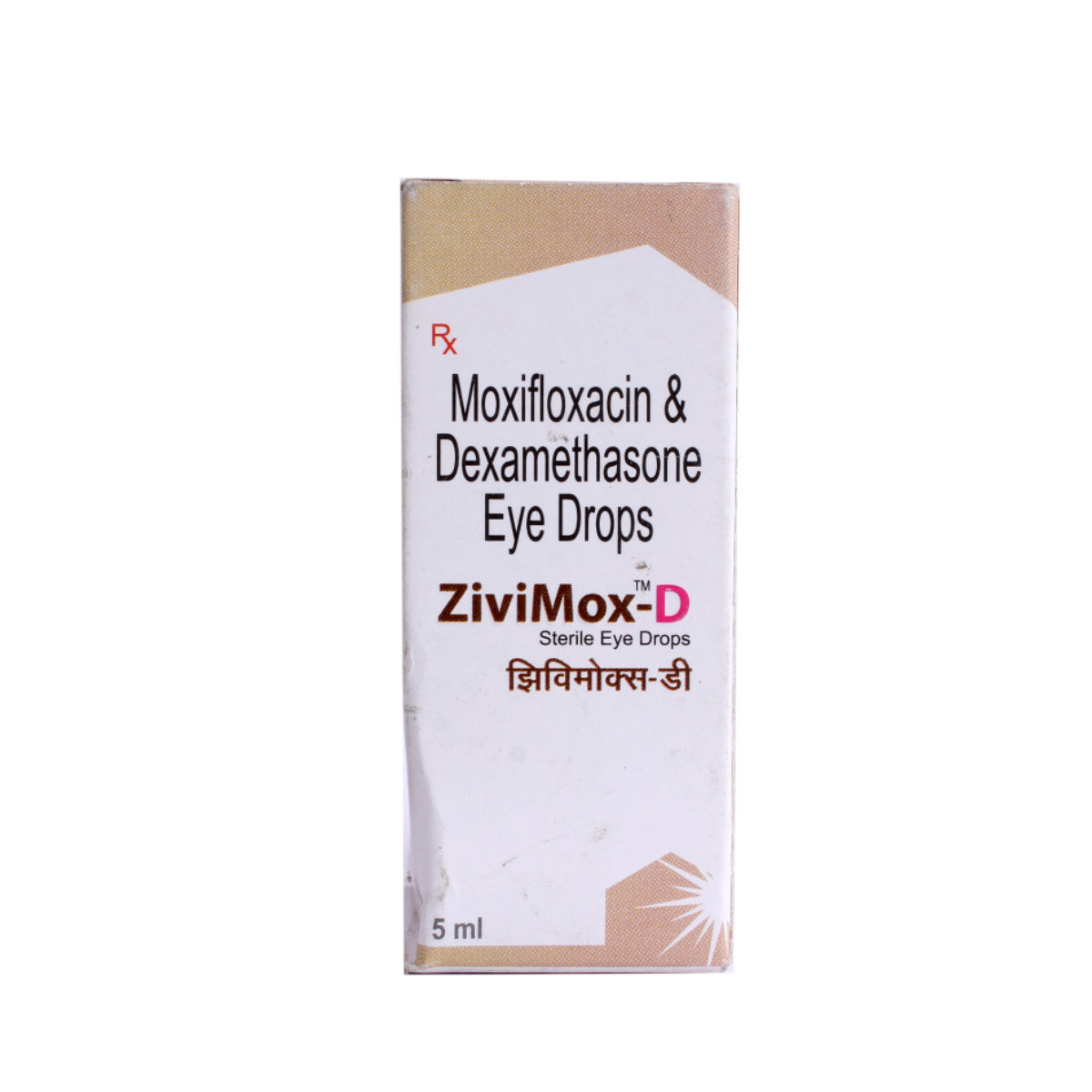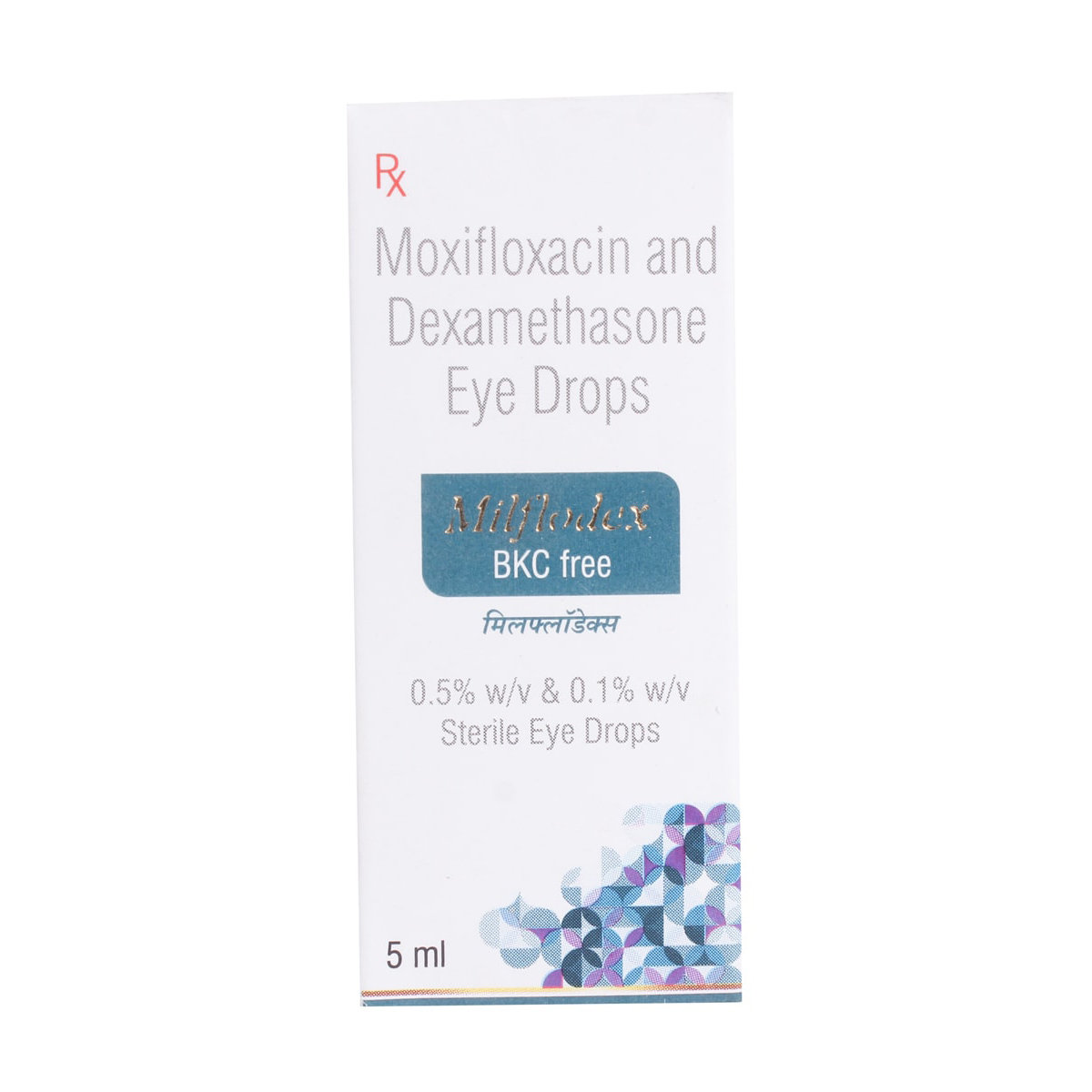Moxigram-D Eye Drops 5 ml
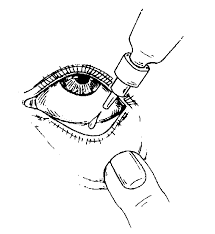

MRP ₹129
(Inclusive of all Taxes)
₹19.4 Cashback (15%)
Provide Delivery Location
Online payment accepted
 Prescription drug
Prescription drugWhats That
Composition :
Manufacturer/Marketer :
Consume Type :
Return Policy :
Expires on or after :
About Moxigram-D Eye Drops 5 ml
Moxigram-D Eye Drops 5 ml belongs to the class of ‘antibiotics’ used to treat inflammation associated with bacterial eye infections. It treats eye infections like conjunctivitis (infected conjunctiva) and other inflammatory conditions after eye surgery.
Moxigram-D Eye Drops 5 ml is a combination of two medicines: Moxifloxacin (antibiotic) and Dexamethasone (steroid). Moxifloxacin is an antibiotic that stops bacteria from making a copy of their genetic material (DNA), thereby killing and stopping the growth of bacterial infection. Dexamethasone is a steroid that reduces inflammation and symptoms associated with infection such as redness and irritation by inhibiting the natural substance like prostaglandins that cause inflammation. Thus together Moxigram-D Eye Drops 5 ml prevents spread of redness, allergies, inflammation and bacterial infection in the eyes.
You should use this medicine as prescribed by your doctor. The common side-effects of Moxigram-D Eye Drops 5 ml are application site burning/stinging sensation or redness and temporary blurred vision. While using eye drops, if swelling or sensitivity to light occurs, wash your eyes thoroughly with cold water after 15 minutes. If the condition does not improve, consult your doctor immediately.
Do not use Moxigram-D Eye Drops 5 ml if you are allergic to Moxifloxacin, Dexamethasone, or any contents of it. Before taking Moxigram-D Eye Drops 5 ml, inform your doctor if you have fungal infections, viral infections such as viral infection of the conjunctiva or cornea of an eye, herpes simplex or varicella, or parasitic infections such as amoebiasis. Do not use Moxigram-D Eye Drops 5 ml if you have tuberculosis, damaged cornea, ulceration, lesions with incomplete formation of the covering tissue, and increased pressure inside the eye.
Uses of Moxigram-D Eye Drops 5 ml
Directions for Use
Medicinal Benefits
Moxigram-D Eye Drops 5 ml is a combination of two medicines: Moxifloxacin and Dexamethasone. Moxifloxacin is a fluoroquinolone antibiotic that acts by interfering with the formation of essential proteins required for bacterial growth. Dexamethasone is a steroid medicine that has anti-inflammatory properties and acts by inhibiting the chemicals such as prostaglandins that cause inflammation. It also reduces symptoms associated with infection such as redness and irritation.
Drug Warnings
Before taking Moxigram-D Eye Drops 5 ml, inform your doctor if you have vision problems, severe pain in the eye, glaucoma (raised pressure in the eye), eye injury or eye surgery, or using any other eye drops or eye ointment. Inform your doctor immediately if you notice swelling or weight gain around the trunk or in the face, as it may be a sign of Cushing’s syndrome (high levels of cortisol in the body). Do not use eye drops for longer than recommended by your doctor as it may suppress adrenal gland function and may increase the risk of cataracts (clouding of the eye). Moxigram-D Eye Drops 5 ml should be not be used in the skin conditions like herpes simplex virus infection, or other viral eye infections.
Drug-Drug Interactions
Drug-Drug Interactions
Login/Sign Up
When Regorafenib is taken with Moxigram-D Eye Drops 5 ml, may significantly reduce the blood levels of Regorafenib.
How to manage the interaction:
Co-administration of Regorafenib and Moxigram-D Eye Drops 5 ml can lead to an interaction, it can be taken if advised by a doctor. Do not stop using any medications without a doctor's advice.
Co-administration of Desmopressin with Moxigram-D Eye Drops 5 ml may increase the risk of hyponatremia (low levels of salt in the blood).
How to manage the interaction:
Co-administration of Moxigram-D Eye Drops 5 ml and Desmopressin can lead to an interaction, it can be taken if advised by a doctor. However, if you experience any symptoms like confusion, hallucination, seizure, changes in blood pressure, increased heart rate, fever, excessive sweating, shivering or shaking, blurred vision, muscle stiffness, tremors, stomach cramps, nausea, vomiting, and diarrhea, consult a doctor immediately. Do not stop using any medications without a doctor's advice.
When Moxigram-D Eye Drops 5 ml is taken with Ranolazine, may significantly reduce the blood levels of Ranolazine.
How to manage the interaction:
Co-administration of Ranolazine and Moxigram-D Eye Drops 5 ml can lead to an interaction, it can be taken if advised by a doctor. Do not stop using any medications without a doctor's advice.
When Rilpivirine is taken with Moxigram-D Eye Drops 5 ml, may significantly reduce the blood levels of Rilpivirine.
How to manage the interaction:
Co-administration of Rilpivirine and Moxigram-D Eye Drops 5 ml can lead to an interaction, it can be taken if advised by a doctor. Do not stop using any medications without a doctor's advice.
Taking Moxigram-D Eye Drops 5 ml and Tolvaptan together may possibly reduce the effects of Tolvaptan.
How to manage the interaction:
Although taking Moxigram-D Eye Drops 5 ml and tolvaptan together can possibly result in an interaction, it can be taken if a doctor has prescribed it. Do not discontinue the medication without consulting a doctor.
Taking Moxigram-D Eye Drops 5 ml with Bosutinib can decrease the blood levels of Bosutinib, reducing its effectiveness in treating your condition.
How to manage the interaction:
Although there is an interaction between Bosutinib and Moxigram-D Eye Drops 5 ml, they can be taken together if prescribed by a doctor. However, if you experience any unusual symptoms contact your doctor immediately. Do not discontinue any medications without consulting a doctor.
Taking Cladribine with Moxigram-D Eye Drops 5 ml can increase the chances of serious infections.
How to manage the interaction:
Although there is a possible interaction between Cladribine and Moxigram-D Eye Drops 5 ml, you can take these medicines together if prescribed by a doctor. If you have any of these symptoms - infection, fever, chills, diarrhea, sore throat, muscle aches, difficulty breathing, weight loss, pain, or burning while peeing - make sure to contact a doctor right away. Do not stop using any medications without a doctor's advice.
Taking fentanyl with Moxigram-D Eye Drops 5 ml may reduce the blood levels of fentanyl, which may make the medication less effective in treating your pain.
How to manage the interaction:
Although there is an interaction between diphenhydramine and ketamine, they can be taken together if prescribed by your doctor. However, consult your doctor if you experience watery eyes, excessive sweating, body aches, abdominal cramping, vomiting, diarrhea. Do not discontinue using any medications without consulting a doctor.
When Moxigram-D Eye Drops 5 ml is taken with Infliximab, it can increase the risk or severity of developing serious infections.
How to manage the interaction:
Taking Infliximab with Moxigram-D Eye Drops 5 ml together can result in an interaction, but it can be taken if a doctor has advised it. If you have any of these symptoms, it's important to contact a doctor right away. These symptoms include fever, chills, diarrhea, sore throat, muscle pain, difficulty breathing, weight loss, and pain or burning when you pee. Do not stop using any medications without a doctor's advice.
Moxigram-D Eye Drops 5 ml and Ofloxacin co-administration can result in tendinitis (inflammation of the thick fibrous cords that connect muscle to bone) and tendon rupture.
How to manage the interaction:
Taking Ofloxacin with Moxigram-D Eye Drops 5 ml together can result in an interaction, it can be taken if a doctor has advised it. However, if you experience Stiff joints or difficulty moving your joints, joint pains, Swelling, or skin discoloration, contact a doctor immediately. Do not discontinue any medications without consulting a doctor.
Drug-Food Interactions
Drug-Food Interactions
Login/Sign Up
Diet & Lifestyle Advise
- Sleep for at least six to eight hours to rejuvenate your eyes naturally.
- Wash your eyes with clean water at least two to three times a day. Do not wash your eyes if you have undergone any eye surgery for at least 2 weeks.
- Manage stress, eat healthily, drink plenty of water, exercise regularly, and get plenty of sleep.
- Avoid alcoholic beverages as it can make you dehydrated and affect your sleep. This effect can also affect your body’s ability to fight off infections.
Side Effects of Moxigram-D Eye Drops 5 ml
- Stinging or burning sensation
- Redness
- Blurred vision
- Swelling
- Watery eyes
Habit Forming
Therapeutic Class
Product Substitutes
Drug-Diseases Interactions
Drug-Diseases Interactions
Login/Sign Up
FAQs
Moxigram-D Eye Drops 5 ml is a combination of two medicines: Moxifloxacin and Dexamethasone. Moxifloxacin is a bactericidal antibiotic (kills bacteria) by stopping making a copy of their genetic material (DNA), thereby preventing bacterial infection growth. Dexamethasone is a steroid that helps prevent allergic symptoms or inflammatory conditions caused due to the bacterial infection or any eye surgery. Thus, together Moxigram-D Eye Drops 5 ml helps in preventing the bacterial eye infections.
Moxigram-D Eye Drops 5 ml usually improves symptoms within 3 to 5 days. However, use medicine for a duration recommended by your doctor. Please do not use for more than the recommended duration as it contains dexamethasone, which is a steroid and can cause unwanted side-effects.
Inform your doctor before any medications while using Moxigram-D Eye Drops 5 ml. If your doctor advises you to take other eye drops along with Moxigram-D Eye Drops 5 ml, maintain an interval of at least 5 minutes between two eye drops.
Do not wear contact lenses while using Moxigram-D Eye Drops 5 ml. Also, avoid prolonged use, as it may cause cataracts (clouding of the eye).
Drug-Drug Interactions Checker List
- RITONAVIR
- COBICISTAT
Disease/Condition Glossary
Bacterial eye infections: These are the common eye problems seen in a primary care setting. The common bacterial eye infections are conjunctivitis, stye, or keratitis. Conjunctivitis (pink eye) is the inflammation or infection of the conjunctiva (white part of the eye) and the inner eyelid. It is a highly contagious infection that is spread by secretions of the eye. Symptoms include redness, itchy, and discharge or crusting around the eye. A stye, a bump on the eyelid, is also a common eye condition. Keratitis, inflammation of the cornea, occurs due to frequent contact lenses, injury, diabetes, or surgery.

Have a query?
Buy best Ocular products by
Entod Pharmaceuticals Ltd
Ajanta Pharma Ltd
Sunways (India) Pvt Ltd
Sun Pharmaceutical Industries Ltd
Cipla Ltd
Micro Labs Ltd
Allergan Healthcare India Pvt Ltd
Intas Pharmaceuticals Ltd
Raymed Pharmaceuticals Ltd
Nri Vision Care India Ltd
FDC Ltd
Jawa Pharmaceuticals India Pvt Ltd
Indoco Remedies Ltd
Sapient Laboratories Pvt Ltd
Senses Pharmaceuticals Pvt Ltd
Centaur Pharmaceuticals Pvt Ltd
Neomedix Healthcare India Pvt Ltd
Aromed Pharmaceuticals
Optho Remedies Pvt Ltd
Aurolab
Austrak Pvt Ltd
Lupin Ltd
Mankind Pharma Pvt Ltd
Zivira Labs Pvt Ltd
Optho Pharma Pvt Ltd
Synovia Life Sciences Pvt Ltd
Akumentis Healthcare Ltd
Eyekare
His Eyeness Ophthalmics Pvt Ltd
Protech Remedies Pvt Ltd
Runyon Pharmaceutical Pvt Ltd
Alcon Laboratories Inc
Syntho Pharmaceuticals Pvt Ltd
Alembic Pharmaceuticals Ltd
Bell Pharma Pvt Ltd
Klar Sehen Pvt Ltd
Sentiss Pharma Pvt Ltd
Irx Pharmaceuticals Pvt Ltd
Optho Life Sciences Pvt Ltd
Phoenix Remedies Pvt Ltd
Alkem Laboratories Ltd
Doctor Wonder Pvt Ltd
Hicare Pharma
Ipca Laboratories Ltd
Neon Laboratories Ltd
Okulus Drugs India
Pharmtak Ophthalmics (I) Pvt Ltd
Berry & Herbs Pharma Pvt Ltd
Glow Vision Pharmaceuticals
Kaizen Drugs Pvt Ltd
Choroid Laboratories Pvt Ltd
Indiana Opthalamics Pvt Ltd
Optica Pharmaceutical Pvt Ltd
Pharmatak Opthalmics India Pvt Ltd
Samarth Life Sciences Pvt Ltd
Vibgyor Vision Care
Mofon Drugs
Novartis India Ltd
Pharmia Biogenesis Pvt Ltd
Zydus Cadila
Appasamy Ocular Devices Pvt Ltd
Leeford Healthcare Ltd
Medivision Pharma Pvt Ltd
Orbit Life Science Pvt Ltd
X-Med Royal Pharma Pvt Ltd
Zee Laboratories Ltd
Aarma Laboratories
Guerison MS Inc
Laborate Pharmaceuticals India Ltd
Xtas Pharmaceuticals
Accurex Biomedical Pvt Ltd
Blucrab Pharma Pvt Ltd
Does Health Systems Pvt Ltd
Flagship Biotech International Pvt Ltd
Lavue Pharmaceuticals Pvt Ltd
Nutrilis Healthcare Pvt Ltd
Ursa Pharm India Pvt Ltd
Vee Remedies
Vyonics Health Care India Pvt Ltd
Warren Pharmaceuticals Pvt Ltd
Abbott India Ltd
Accvus Pharmaceuticals
Akums Drugs & Pharmaceuticals Ltd
Cadila Healthcare Ltd
Carevision Pharmaceuticals Pvt Ltd
Dey's Medical Stores (Mfg) Ltd
East West Pharma India Pvt Ltd
Eyedea Pharmaceuticals Pvt Ltd
Nimbus Healthcare Pvt Ltd
Ocuris Pharmaceuticals Pvt Ltd
Sherings Pharmaceuticals
Tarks Pharmaceuticals Pvt Ltd
Vcan Biotech
Vision Medilink
Aice Health Care Pvt Ltd
Appasamy Pharmaceuticals Pvt Ltd
Asperia Lifescience Pvt Ltd
Beatum Healthcare Pvt Ltd
East India Pharmaceutical Works Ltd
Grevis Pharmaceutical Pvt Ltd
Alcohol
Safe if prescribed
It is advisable to avoid alcohol intake while using Moxigram-D Eye Drops 5 ml as it may affect your ability to fight infections.
Pregnancy
Unsafe
Moxigram-D Eye Drops 5 ml is a category C medicine. Moxigram-D Eye Drops 5 ml may cause some side effects to the unborn baby or fetus, so it should not be used in pregnant women.
Breast Feeding
Caution
Moxigram-D Eye Drops 5 ml should be used with caution in breastfeeding mothers.
Driving
Caution
Moxigram-D Eye Drops 5 ml may cause vision problems. However, it will be mild and temporary in nature. So, it is advisable to avoid driving until your vision clears.
Liver
Safe if prescribed
Moxigram-D Eye Drops 5 ml can be used for treating eye infections in patients with liver diseases.
Kidney
Safe if prescribed
Moxigram-D Eye Drops 5 ml can be used for treating eye infections in patients with kidney diseases.
Children
Caution
Moxigram-D Eye Drops 5 ml should be used with caution in children. It is not recommended for use in newborns.





